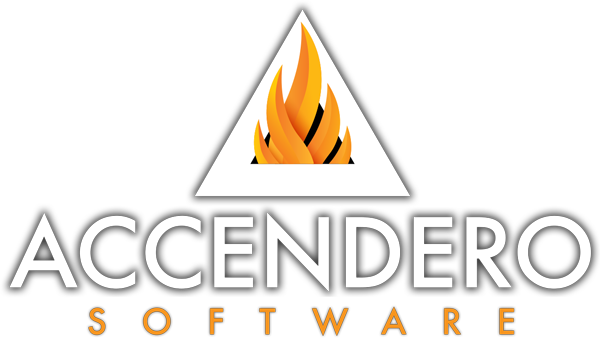ERPNext Setup & Offerings
ERPNext is often listed as a top competitor to Odoo in the open source ERP field. Because of this, it was our next choice for evaluation. As I, and others on my team, went through the installation process, it became clear that ERPNext is not something Accendero would want to set up for clients.
Installation
I first tried the “Easy Install” method found here (https://github.com/frappe/bench#easy-install). Although I’m sure the intentions are good, I would not call this the “easy” method. I believe the idea is to consolidate a lot of the package installation into the installer script, but I ran into several roadblocks following these directions. It’s possible the documentation is simply insufficient, or doesn’t expect all possible setups, but the outcome was that I could not finish the installation process. As such, we moved to the “Manual Install” process.
Following the “Manual Install” process described here (https://github.com/frappe/bench#manual-install), I attempted to set up ERPNext. This method requires setting up the prerequisites manually (Python, MariaDB, etc). After the prerequisites are installed, the process moves on to installing frappe and setting up a site. Once the site is setup, ERPNext can be installed and added to the newly created site.
I ran into some problems here, possibly with a previous installation of nginx. Once I had the site up and running (following the instructions in the manual setup), I couldn’t access the site. I could see my requests coming through to the bench service, but couldn’t get a response out of it. The solution was setting up a new site named “localhost” and installing ERPNext to it. One of my developers didn’t have any issues at all following the manual setup instructions, so this was likely due to nginx configuration already existing on my system.
Setup
Once things are up and running, you can navigate to http://localhost:8000 and you should be greeted with a login screen. Login as the “Administrator” user and you will begin the setup process.
At this point I started getting nagged by an error window regarding the scheduling service. Also, checking the output in the bench service, I could see that modules were being reloaded. These two things seemed to coincide, but I didn’t run any tests to verify this. Regardless, it kept interrupting the setup process, without providing any clarity on how to solve the underlying issue.
The rest of the setup process was pretty straight-forward. You select from a list of several domains and presumably this determines what base features are installed.
I continued to follow the bouncing ball until I reached the “Your Organization” screen. At this point, I could move no further. Clicking “Complete Setup” here would start the setup process and then error out.
Another engineer on our team had run into the same issue. He stated that he had to restart the bench service a couple of times during setup to push through the process. Ultimately this is the point at which I made the decision that this is not a product I want to use to build out client platforms. Having made it this far, and finally having things running, however, I decided to test drive the application.
Offerings
ERPNext has a very substantial set of features out of the box. Again, presumably this feature set is determined by which domains you activate during the setup process, but for the minimal set I selected there is a lot of application here.
The interface is relatively simple. Everything is accessible from the main menu:
Going to a menu item, you are presented with a series of cards for the categories of items for the selected menu item.
Having created a project, I decided to navigate to the detail view for that project and was greeted with an error from the SQL backend:
This was the final error that I could stomach for what was supposed to be an out-of-box solution. Either through lack of documentation or my own fumbling, I have an application that was at best painful to get running, and once running does not seem to run well.
Conclusion
I wanted this to be a side-by-side series with Odoo and ERPNext. Aside from installation and usability woes, ERPNext also does not seem to offer a very attractive way for me to create new modules or tools for users. And as a result of said woes and frustrations, the development aspect of this platform won’t be explored in this series. I am currently looking at other open source ERP solutions to compare with Odoo, and that will be covered in Part Three.

